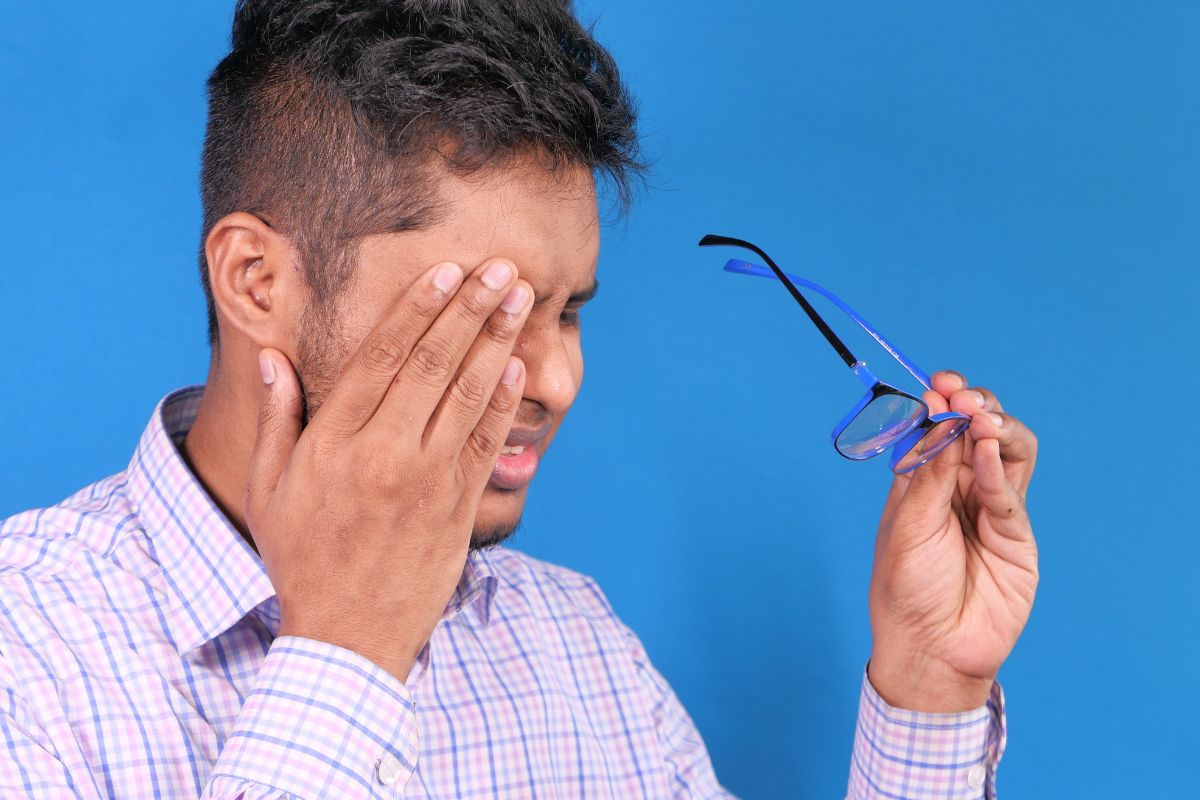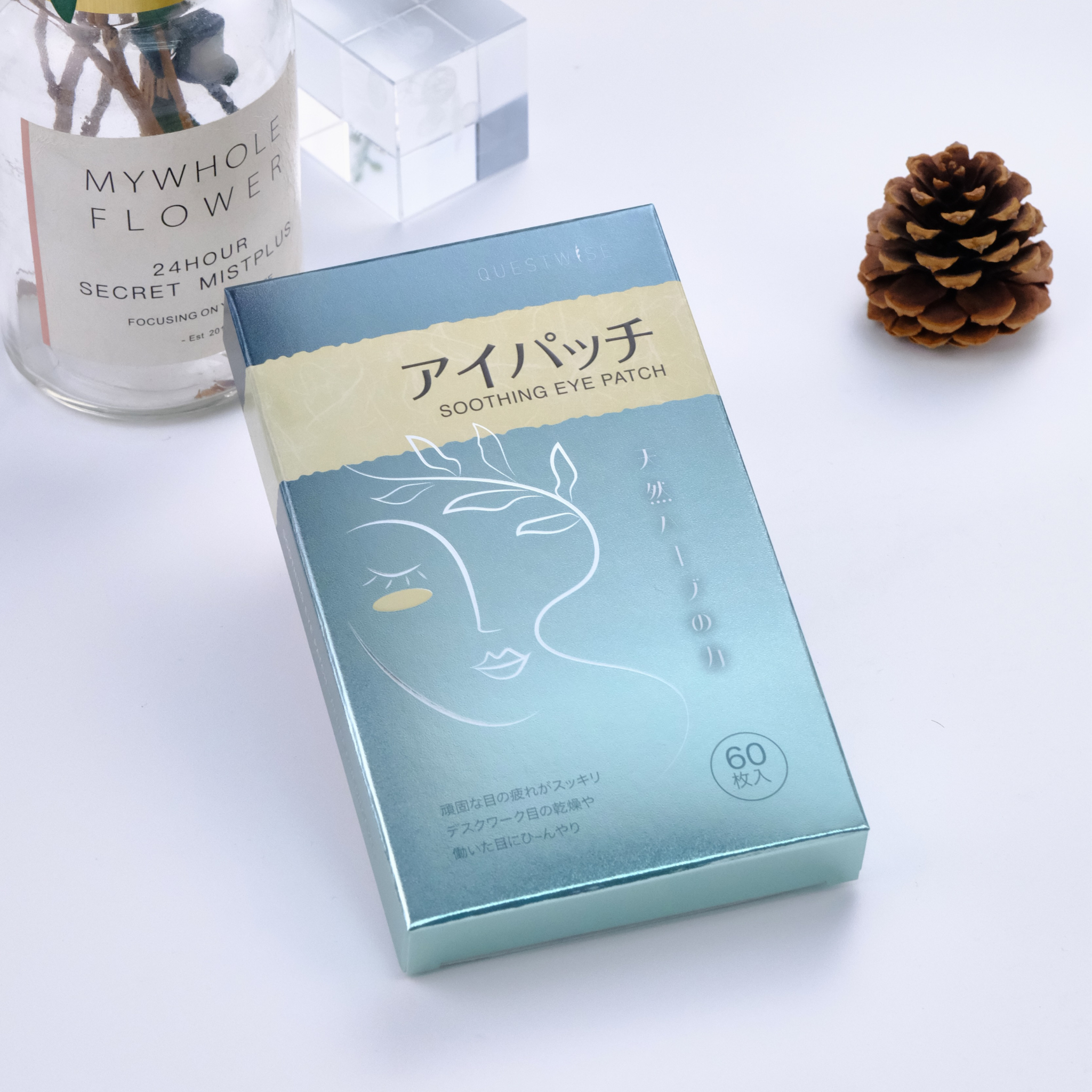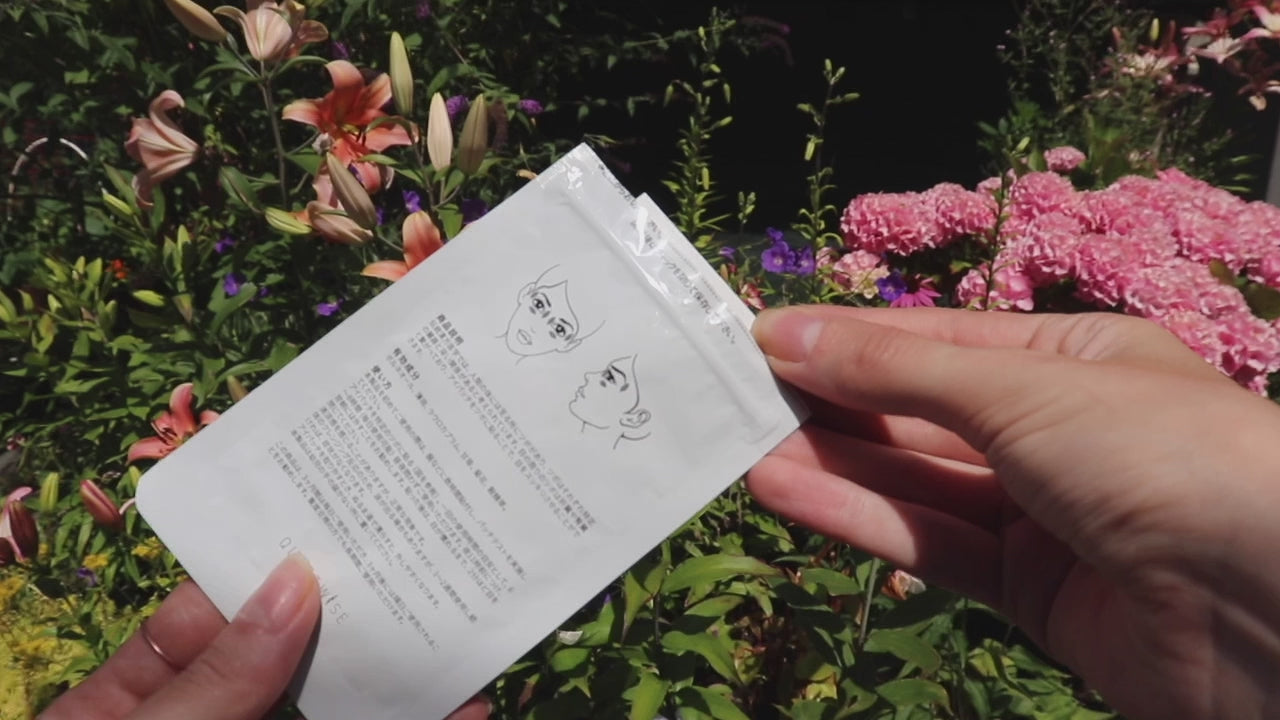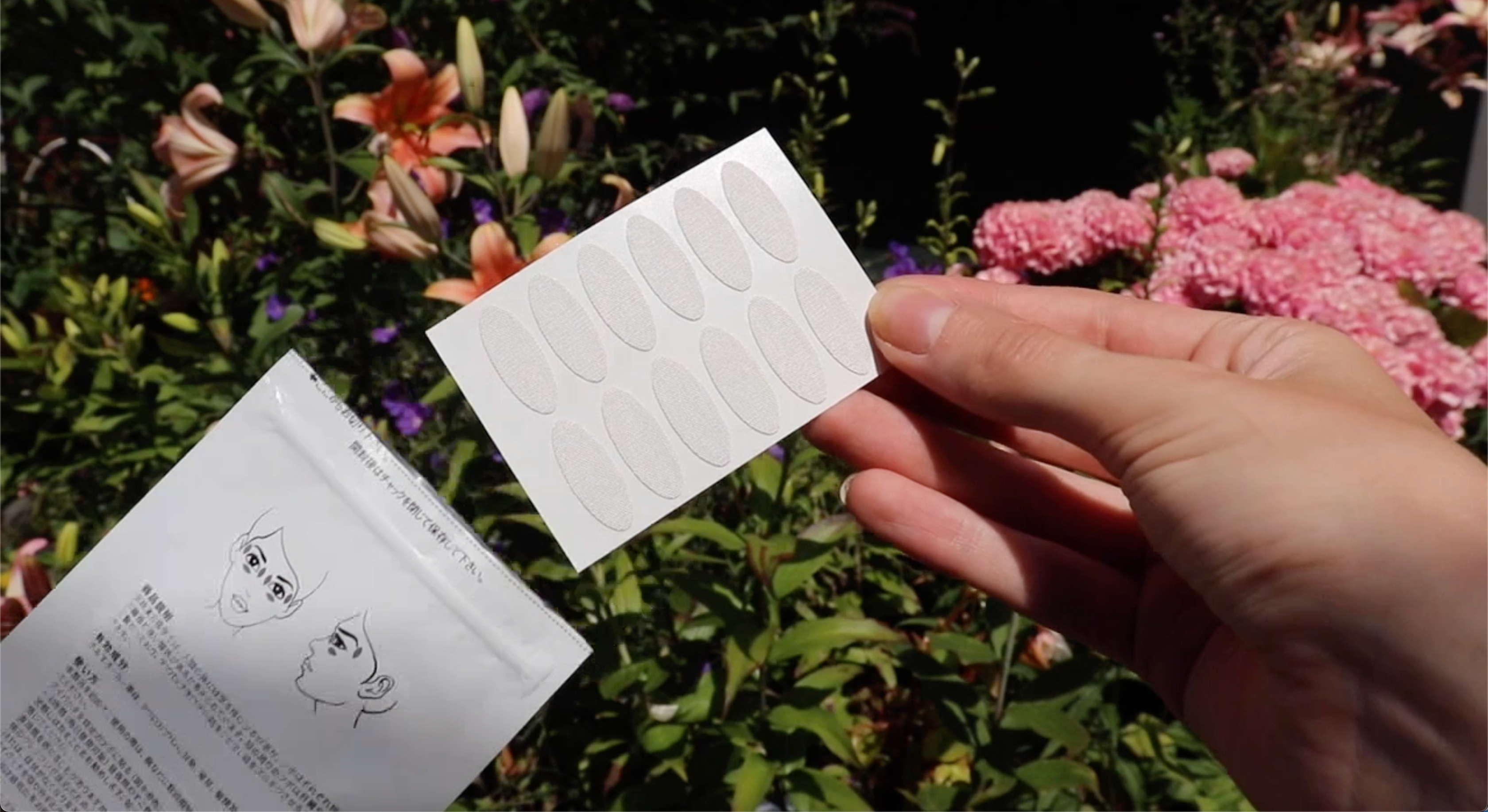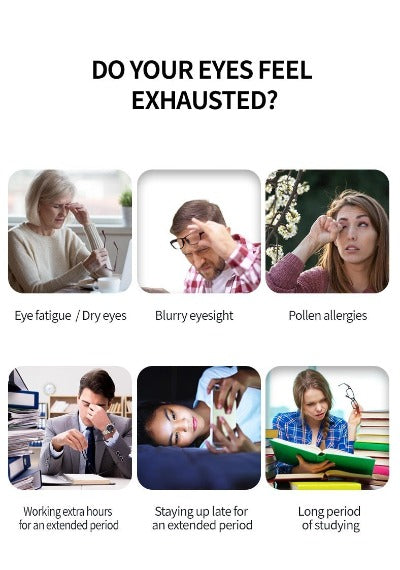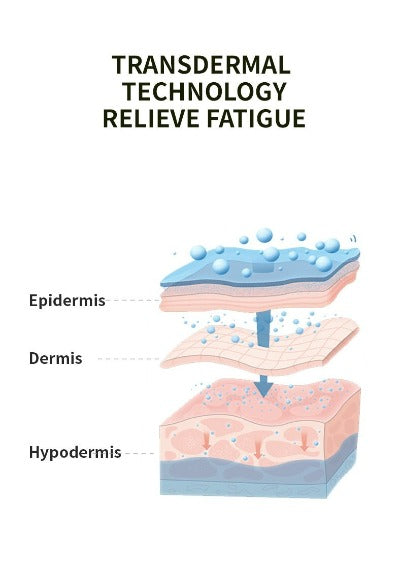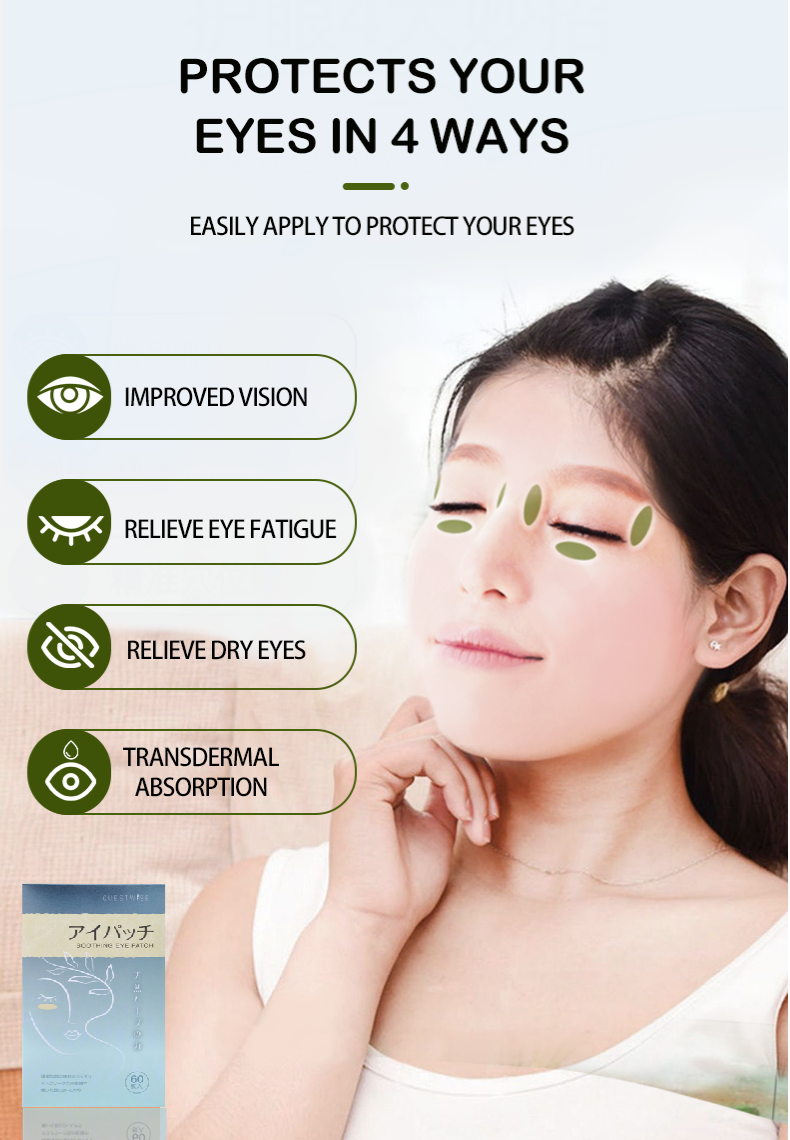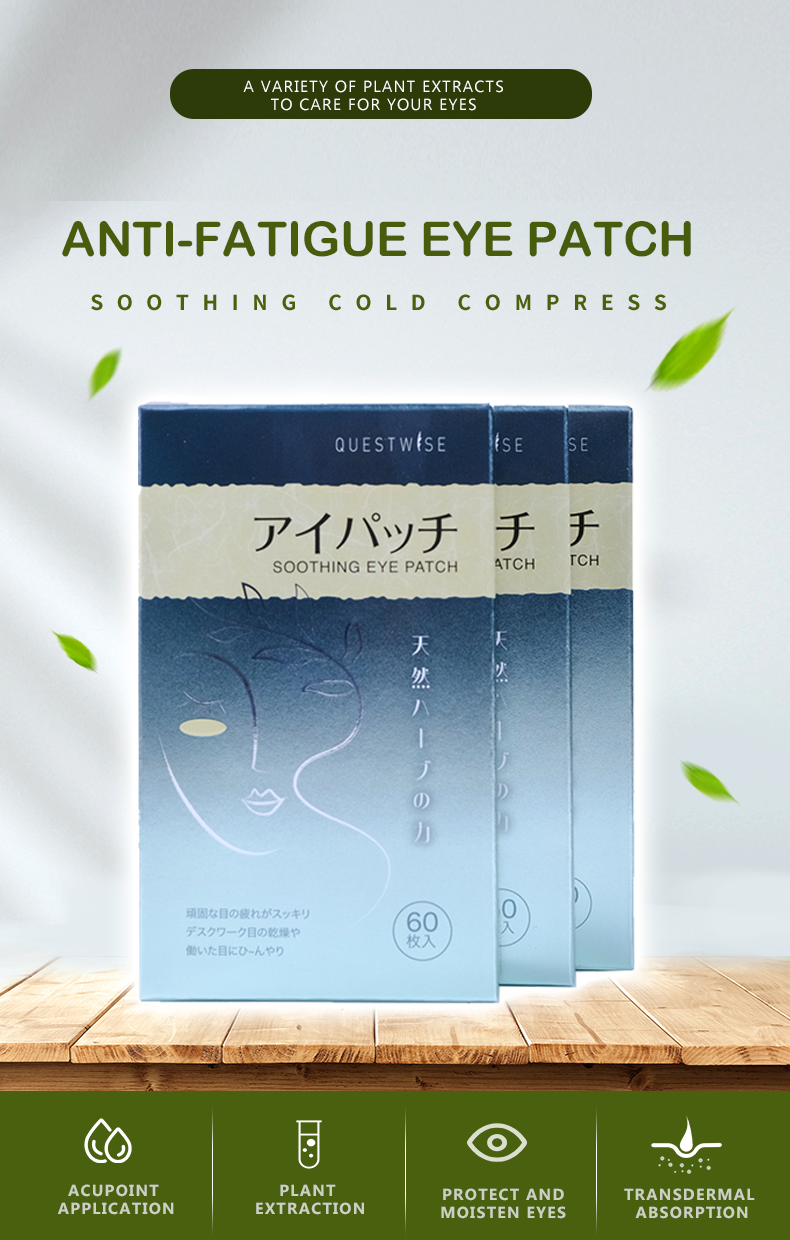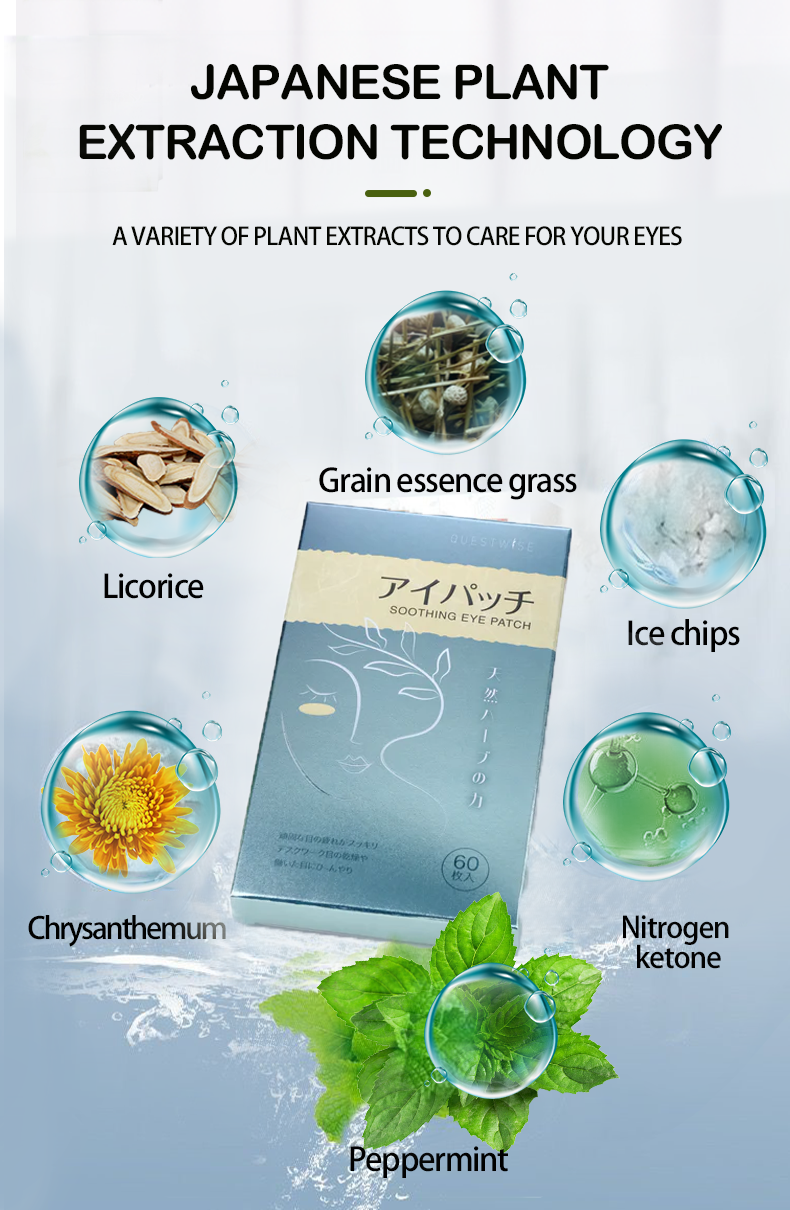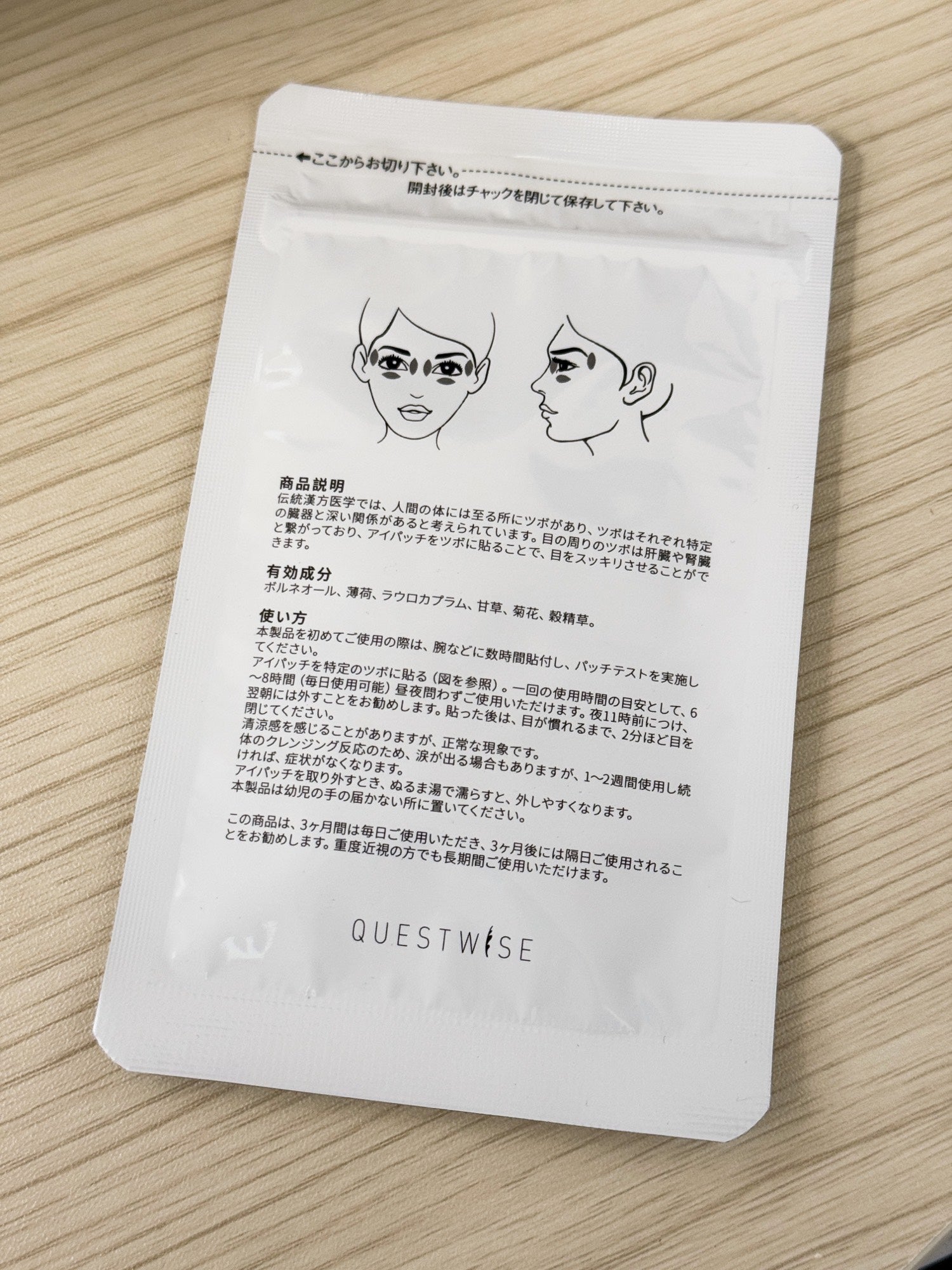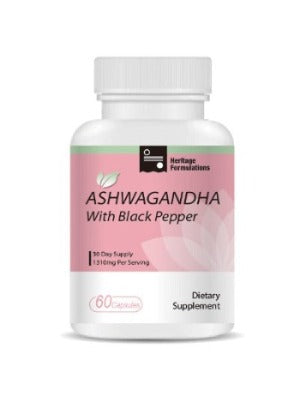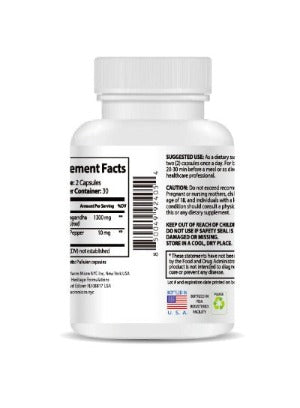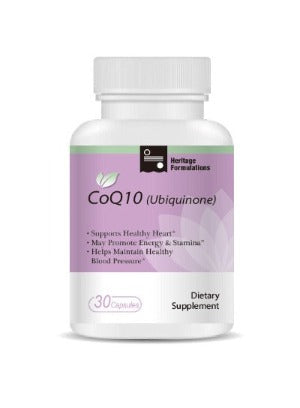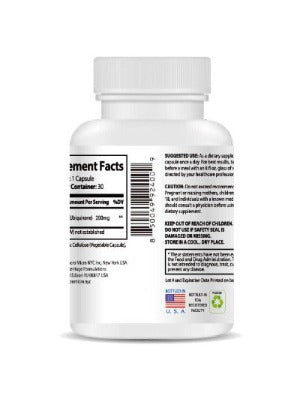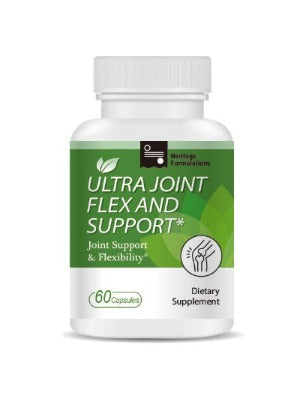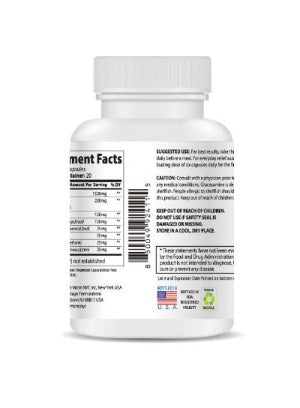How Humidity Affects Dry Eye Treatment Success: A Comprehensive Guide for 2025
Dry eye disease, a prevalent and often debilitating condition affecting millions globally, significantly impacts daily life and productivity. In 2025, advancements in understanding the complexities of dry eye have led to a wider array of treatment options. However, the effectiveness of these treatments is profoundly influenced by environmental factors, particularly humidity. This comprehensive guide delves into the intricate relationship between humidity and dry eye treatment success, providing actionable strategies to optimize your approach and achieve lasting relief.
Understanding the Dry Eye-Humidity Interplay: A Deeper Dive
The human tear film, a remarkably intricate three-layered structure comprising lipids (oils), water (aqueous layer), and mucins (mucus), is crucial for maintaining the health and integrity of the ocular surface. This delicate balance is easily disrupted, leading to the cascade of symptoms associated with dry eye disease. Humidity, simply defined as the amount of water vapor present in the air, exerts a profound influence on the stability and evaporation rate of the tear film. Low humidity acts as a catalyst, accelerating tear film evaporation and exacerbating dryness, irritation, and discomfort. Conversely, while higher humidity might seem beneficial, an excessive amount can present other challenges such as fostering bacterial or fungal growth, potentially leading to secondary eye infections.
The Science Behind the Impact: Unveiling the Mechanisms
The lipid layer of the tear film, primarily composed of oils secreted by the meibomian glands, acts as a crucial barrier, preventing excessive evaporation of the aqueous layer. Low humidity diminishes the effectiveness of this lipid barrier, allowing the aqueous layer to evaporate much more rapidly. This initiates a detrimental cycle: as the aqueous layer evaporates, the eyes become drier, triggering inflammation and further increasing evaporation, creating a vicious cycle that exacerbates symptoms and potentially leads to long-term damage if left unaddressed. This intricate interplay underscores the importance of managing humidity levels to support effective dry eye treatment.
Conversely, high humidity provides a more moisture-rich environment, slowing tear film evaporation and offering some degree of relief. However, excessively high humidity presents its own set of potential complications, namely the increased risk of microbial growth, which can lead to a spectrum of eye infections. The optimal approach involves maintaining a moderate, balanced humidity level to foster a healthy ocular environment. This balance supports tear film stability and minimizes the risk of opportunistic infections.
Humidity's Influence on Dry Eye Treatments: A Treatment-Specific Perspective
The effectiveness of various dry eye treatments is significantly modulated by the prevailing humidity levels. Artificial tears, a mainstay in dry eye management, offer temporary relief by replenishing the depleted aqueous layer of the tear film. However, their effectiveness is drastically reduced in low-humidity environments due to rapid evaporation. The tears simply evaporate before they can provide sufficient lubrication, leaving the eyes feeling dry and irritated. Similarly, other treatments such as punctal plugs, small devices inserted into the tear ducts to reduce tear drainage, might show reduced efficacy in low-humidity conditions because the reduced tear volume evaporates before it can provide adequate lubrication.
Incorporating supplementary treatments that address underlying inflammation and improve overall tear film stability becomes critical in low-humidity environments. Wise Quest Soothing Eye Patches offer a valuable addition to your dry eye management regimen. These patches, infused with carefully selected traditional Chinese herbal medicine, are designed to provide targeted relief from eye fatigue, dryness, astringency, redness, and swelling. They promote healthy blood circulation and help to reduce overall discomfort associated with dry eye. Learn more about Wise Quest Soothing Eye Patches and how they can help enhance your treatment strategy.

The soothing and restorative effects of these patches complement other dry eye treatments, providing a more holistic approach to dry eye management. Their ability to reduce inflammation and promote better tear film stability makes them a particularly valuable addition to your dry eye care routine, especially during periods of low humidity.
Practical Strategies for Managing Dry Eyes Across Humidity Levels: Tailoring Your Approach
Low Humidity Environments: A Proactive Strategy
- Increase Fluid Intake: Staying adequately hydrated is essential to support tear production. Aim for at least eight glasses of water per day.
- Use a Humidifier: A humidifier adds moisture to the air, combating the drying effects of low humidity and slowing tear film evaporation. Consider placing a humidifier near your workstation or bedside.
- Employ Warm Compresses: Applying warm compresses to your closed eyelids for several minutes can soothe dry, irritated eyes and stimulate tear production.
- Strategic Use of Wise Quest Soothing Eye Patches: Incorporate these patches into your daily routine for targeted relief and improved tear film stability, especially during periods of low humidity.
- Limit Screen Time: Reduce your exposure to digital screens, as prolonged screen use contributes to dry eye symptoms. Employ the 20-20-20 rule: every 20 minutes, look at an object 20 feet away for 20 seconds.
- Blink Consciously: Make a conscious effort to blink frequently. Incomplete or infrequent blinking can lead to accelerated tear film evaporation.
- Consider Omega-3 Fatty Acid Supplements: Omega-3 fatty acids have anti-inflammatory properties and can help improve the quality of your tear film.
High Humidity Environments: Maintaining Vigilance
- Ensure Adequate Ventilation: Proper ventilation prevents the build-up of moisture, minimizing the risk of mold and mildew growth, which can trigger allergic reactions and worsen dry eye symptoms.
- Continue Prescribed Treatments: Don't interrupt your existing dry eye treatment plan without consulting your eye care professional.
- Use Wise Quest Soothing Eye Patches as Needed: These patches can offer supplemental relief and help manage any lingering discomfort even in high-humidity conditions.
- Monitor for Allergic Reactions: High humidity can exacerbate allergen levels, increasing the risk of allergic conjunctivitis. Be vigilant for symptoms and take appropriate measures if necessary.
- Regular Eyelid Hygiene: Maintain good eyelid hygiene to prevent clogged meibomian glands, a common contributor to dry eye.
Conclusion: A Holistic and Adaptive Approach to Dry Eye Management in 2025
The profound impact of humidity on dry eye treatment success underscores the importance of a holistic and adaptive approach to managing this prevalent condition. By understanding the intricate relationship between humidity and tear film stability, you can effectively tailor your treatment strategy to optimize its effectiveness across different humidity levels. Incorporating environmental controls, lifestyle modifications, prescribed treatments, and supportive products such as Wise Quest Soothing Eye Patches, empowers you to take proactive steps toward achieving lasting relief and improving your overall eye health. Remember to consult with your eye care professional to develop a personalized plan that addresses your individual needs and environmental factors. Proactive management is key to combating dry eye and maintaining optimal vision in 2025 and beyond.

